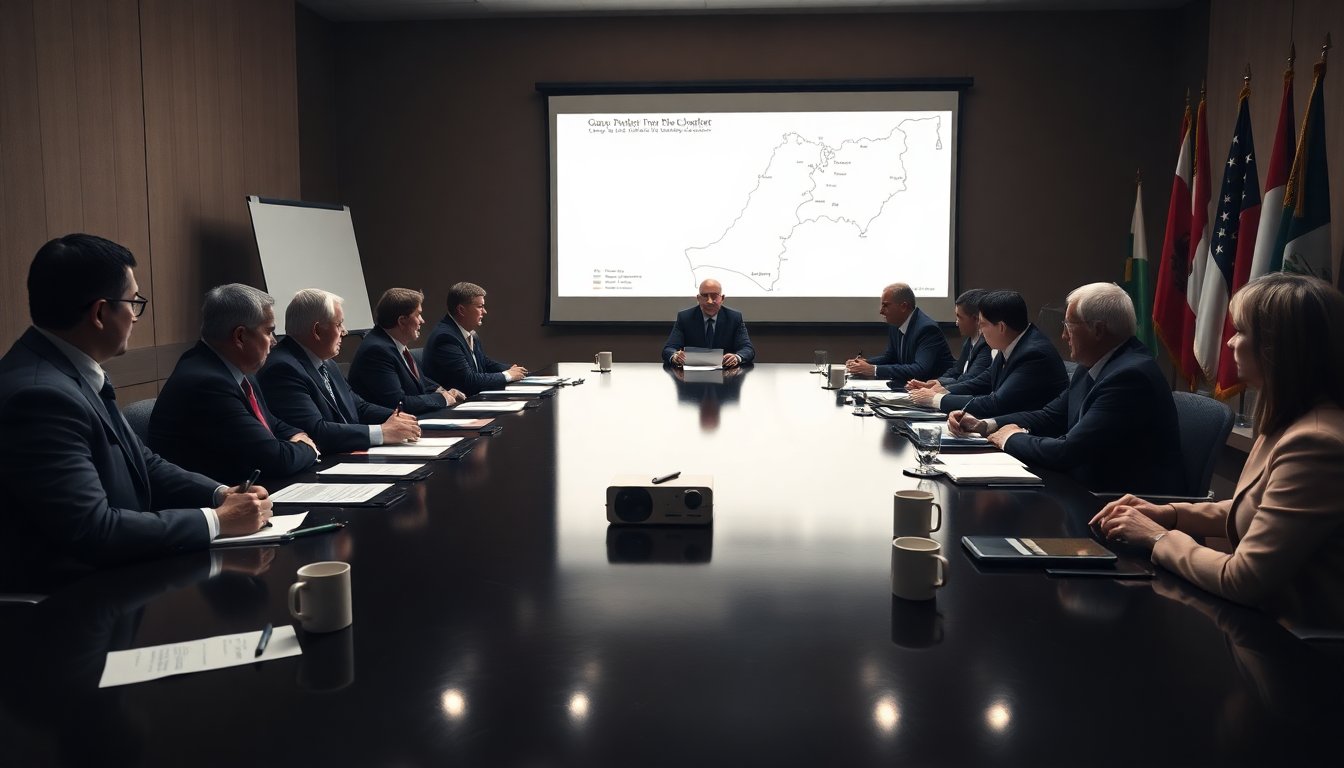Table of Contents
The situation in Gaza remains volatile, with U.S. Secretary of State Marco Rubio addressing the ongoing conflict amidst negotiations for the release of hostages held by Hamas. He stated that this release represents merely the first step in a larger and more intricate process requiring careful planning and coordination.
During an appearance on NBC’s *Meet the Press*, Rubio noted that Hamas had effectively accepted President Donald Trump’s framework regarding the hostages. While meetings are ongoing to finalize the logistics of the release, significant uncertainties remain about subsequent actions and agreements.
The complexities of hostage negotiations
Rubio elaborated that while Hamas’ agreement is a positive sign, the road ahead is fraught with challenges. He described the situation as still very much in flux, stating, “No one can tell you it’s a 100 percent guarantee.” This indicates a cautious optimism, as the U.S. waits to assess Hamas’s sincerity during ongoing technical discussions.
Immediate priorities
In outlining priorities, Rubio emphasized that the immediate goal is the release of all hostages. He explained that this should ideally be part of a larger deal, which includes Israel’s return to its previous position, referred to as the yellow line. This line marks the boundary established before the escalation of hostilities and represents a significant step toward de-escalation.
“Priority number one, the one that we think we can achieve something very quickly on hopefully, is the release of all the hostages in exchange for Israel moving back,” Rubio stated. This indicates a strategic approach to negotiations aimed at laying a foundation for further discussions.
Post-hostage release considerations
However, the conversation doesn’t end with the release of hostages. Rubio pointed out that the second phase presents even greater challenges. He raised critical questions regarding the future governance of Gaza. “What happens after Israel pulls back to the yellow line, and potentially beyond that, as this develops?” he questioned, emphasizing the need for stable and functional leadership in the region.
Establishing a new governance framework
Rubio stressed the importance of creating a Palestinian technocratic leadership, distinct from Hamas, to ensure sustainable governance. This concept is vital as it could lead to a more stable political climate in Gaza, fostering peace and cooperation with Israel.
Moreover, he raised concerns about disarming militant factions that may continue to pose security threats. “How do you disarm any sort of terrorist groups that are going to be building tunnels and conducting attacks against Israel? How do you get them to demobilize?” he asked. The answers to these questions are essential for establishing lasting peace.
The challenges outlined by Rubio highlight the conflict’s complex nature. He remarked, “All that work, that’s going to be hard, but that’s critical, because without that, you’re not going to have lasting peace.” This statement encapsulates the hurdles that lie ahead on the path toward reconciliation.
A cautious path forward
As negotiations unfold, the international community watches closely. The release of hostages and the subsequent discussions could serve as a turning point, but as Rubio pointed out, a multitude of factors must align for peace to take root. The journey is fraught with uncertainty, but the hope for a more peaceful Gaza remains a shared aspiration.
During an appearance on NBC’s *Meet the Press*, Rubio noted that Hamas had effectively accepted President Donald Trump’s framework regarding the hostages. While meetings are ongoing to finalize the logistics of the release, significant uncertainties remain about subsequent actions and agreements.0


